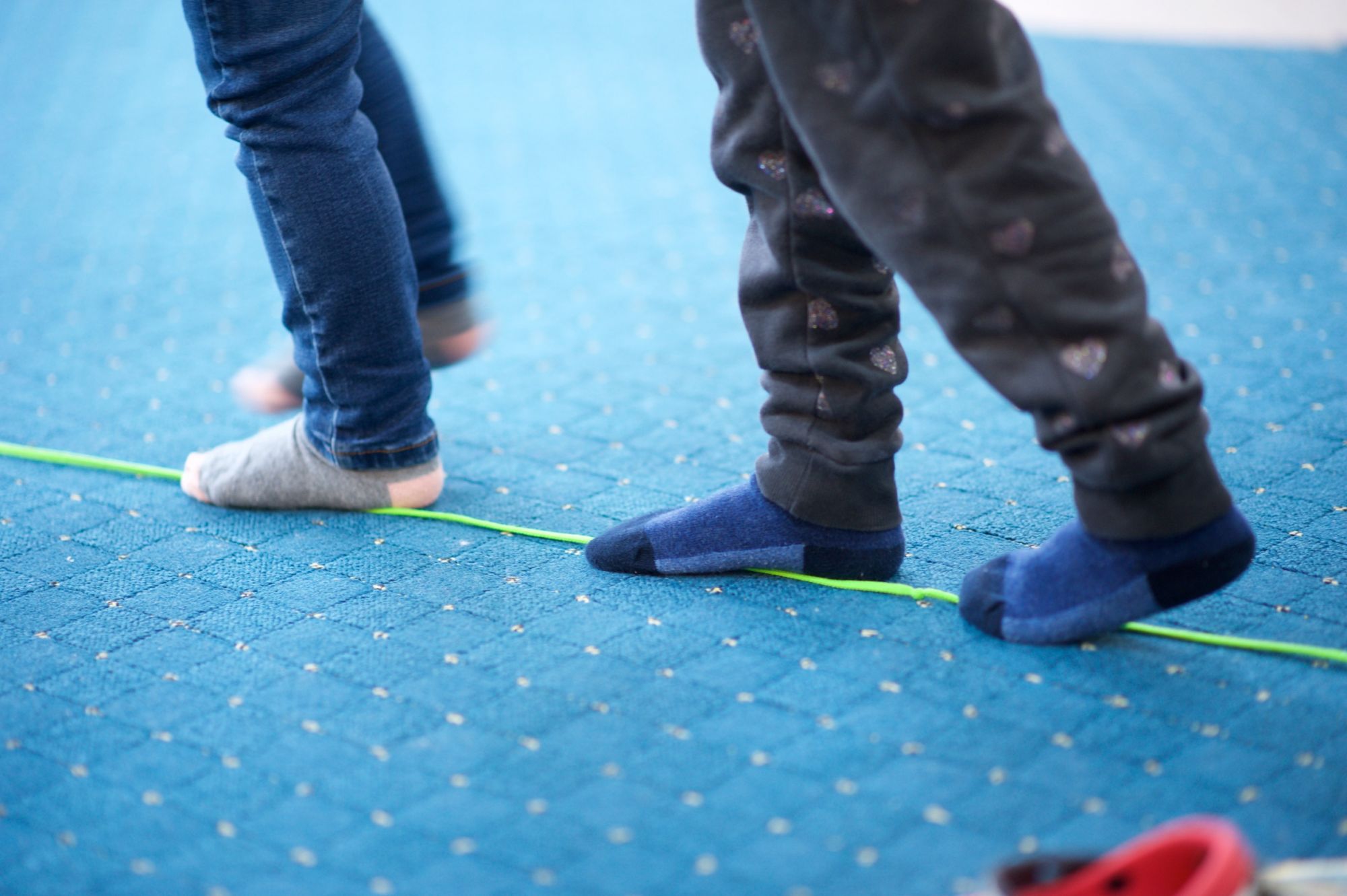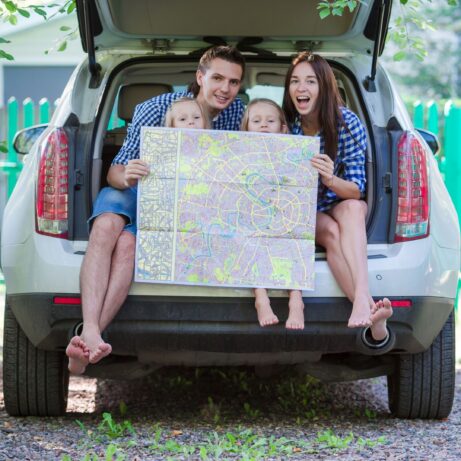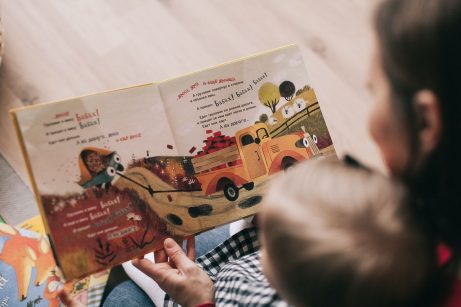Moving Through Fall and Winter

Summertime, and the livin’ is easy… when all of your child’s energy can be spent running around the playground. How to get all of that all-important movement, however, when it’s dark and cold by the time school lets out?
It is a truth universally acknowledged – at least in Montessori circles – that movement is absolutely essential to children’s wellbeing, health and development. Movement is inseparable from thinking and being, and a child kept inactive is all too often a child who is frustrated, moody, or vibrating with pent-up energy. As it gets colder and darker outside, we tend to spend much more time inside, and turn to more sedentary pursuits to amuse ourselves and our children – however, there are still plenty of ways to encourage the motor activity your child needs.

Explore the fundamentals of Montessori parenting with this free video by Sylvia Arotin, offering insights and strategies to empower and educate your child.
- Practical Life! If you feel like Montessorians apply Practical Life as a solution to any and every problem, you just might be right – because its benefits are as wide reaching as they are easy to reap. Practical Life allows your child to expend energy in meaningful, purposeful movement that brings them a sense of accomplishment, boosts their self esteem and gives them important life skills. Don’t think it provides enough exercise? Consider involving a young child in big tasks like vacuuming the living room, mopping the kitchen, washing the bathtub or dusting the bookshelves – all activities that involve coordination of the entire body, careful coordination and often manipulating heavy objects. Doing them together can be a lot more fun than you might expect. Give it a try!
- Movement games. The internet has changed our lives in many ways, but one of the most pleasant is the endless resources at our fingertips. Try searching for “rainy day movement” or “indoor motor activities” and enjoy the myriad of ideas from other parents and teachers; we’ve liked the roundup here or here. As a rule, we recommend simple activities that don’t ask for anymore equipment than common household objects, not spending more time on setup than the game itself, and setting simple, reasonable boundaries – for example, “inside we may roll balls across the living room, but not throw them”. It is a lot easier to adapt an activity to conform to your household rules (like “no running through the kitchen!”) than to explain to a preschooler that the rule has been suspended for just this once and will be back in effect after you finish playing. Definitely incorporate cleaning up with your child or children as a natural wind-down after spirited play, and if you can, participate and have fun right next to them!
- Go out anyway. Even when it’s cold, wet or dark, you can at the very least enjoy the outside on a short walk or errand. Consider the old adage that “there is no such thing as bad weather, only bad clothing”, bundle up, and head out – teaching your child that the outside is available and friendly to us anytime, not just when it’s warm and sunny, is a surprisingly rare and valuable lesson. Consider safety first, of course – whether it’s choosing the right area or adding reflective clothing elements if nearby traffic is a concern. But also consider the unique experiences and benefits of going out in “poor” weather: sloshing in puddles, the stark beauty of streetlight and car reflections after dark, or even the warm welcome of your home after a night-time stroll.
Montessori Beginnings
YOUR ULTIMATE
MONTESSORI PARENTING COURSE
FOR ZERO TO THREE
Gain clarity and confidence in your parenting to raise a resilient, independent and joyful child.


